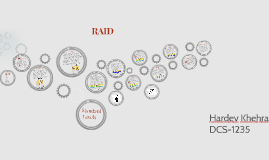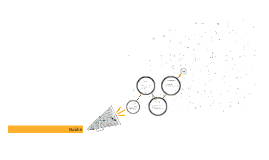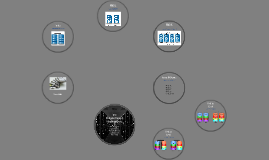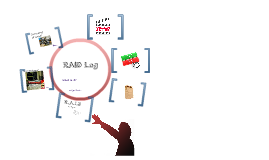RAID
Transcript: RAID DISADVANTAGE RAID-6 RAID 4 comprises block-level striping with dedicated parity. RAID 4 was previously used primarily by NetApp, but has now been largely replaced by an implementation of RAID 6 (RAID-DP). Defi. & History RAID is a storage technology that combines multiple disk drive components into a logical unit for the purposes of data redundancy and performance improvement. The term "RAID" was first used by David Patterson Garth A. Gibson, and Randy Katz at the University of California, Berkeley in 1987, standing for redundant array of inexpensive disks The foremost advantage of using a RAID drive is that it increases the performance and reliability of the system.The RAIDThe parity involves that the data from the crashed system be matched up with the data that is stored in the other disk.The parity check and thus it regularly checks for any possibility of a system crash. RAID-4 RAID-2 RAID 4 comprises block-level striping with dedicated parity. RAID 4 was previously used primarily by NetApp, but has now been largely replaced by an implementation of RAID 6 (RAID-DP). Standard Levels RAID 5 comprises block-level striping with distributed parity. Unlike in RAID 4, parity information is distributed among the drives. . Upon failure of a single drive, subsequent reads can be calculated from the distributed parity such that no data is lost. . RAID 3 comprises byte-level striping with dedicated parity. All disk spindle rotation is synchronized and data is striped Parity is calculated across corresponding bytes and stored on a dedicated parity drive. Hardev Khehra DCS-1235 AGENDA RAID 0 comprises striping . This level provides no data redundancy nor fault tolerance, but improves performance through parallelism of read and write operations across multiple drives. RAID 0 has no error detection mechanism, so the failure of one disk causes the loss of all data on the array ADVANTAGE 1. Defi and History 2. Raid-0 3. Raid-1 4. Raid-2 5. Raid-3 6. Raid-4 7. Raid-5 8. Raid-6 9. Advantages 10. Disadvantages 11. Any question A major disadvantage regarding the RAID drive is that there needs to be written the drivers for a Network Operating System (NOS). Hence the major fact and also the most important usage of the RAID system is that it is essentially designed and extensively used in a server. So when the server comes into the picture, there obviously has to be a network. RAID-3 RAID- 0 RAID 2 comprises bit-level striping with dedicated Hamming-code parity. All disk spindle rotation is synchronized and data is striped such that each sequential bit is on a different drive.Hamming-code parity is calculated across corresponding bits and stored on at least one parity drive. RAID 6 comprises block-level striping with double distributed parity. Double parity provides fault tolerance up to two failed drives.As with RAID 5, a single drive failure results in reduced performance of the entire array until the failed drive has been replaced RAID-1 RAID-5 RAID-4 RAID 1 comprises mirroring. Data are written identically to two (or more) drives, thereby producing a "mirrored set". The read request is serviced by any of the drives containing the requested data. This can improve performance if data is read from the disk with the least seek latency and rotational latency.

















